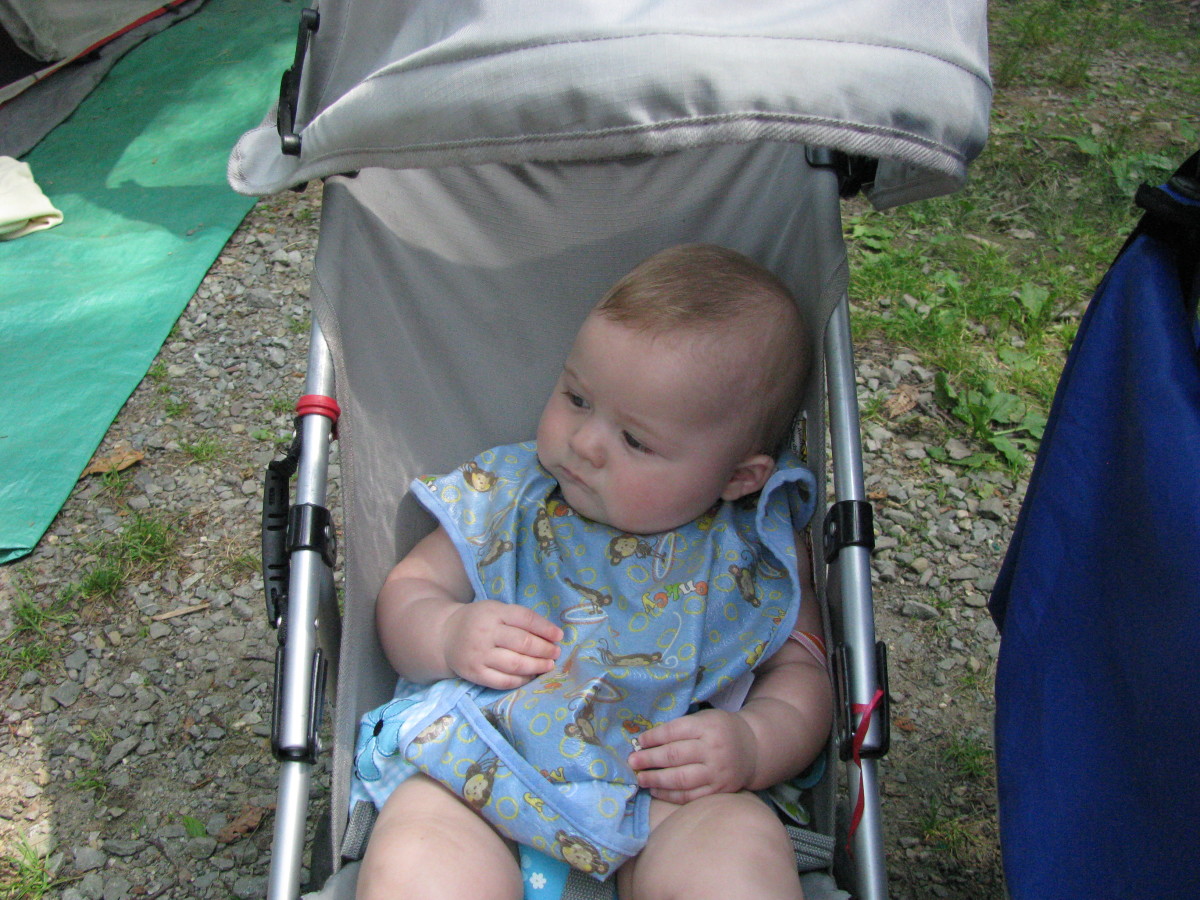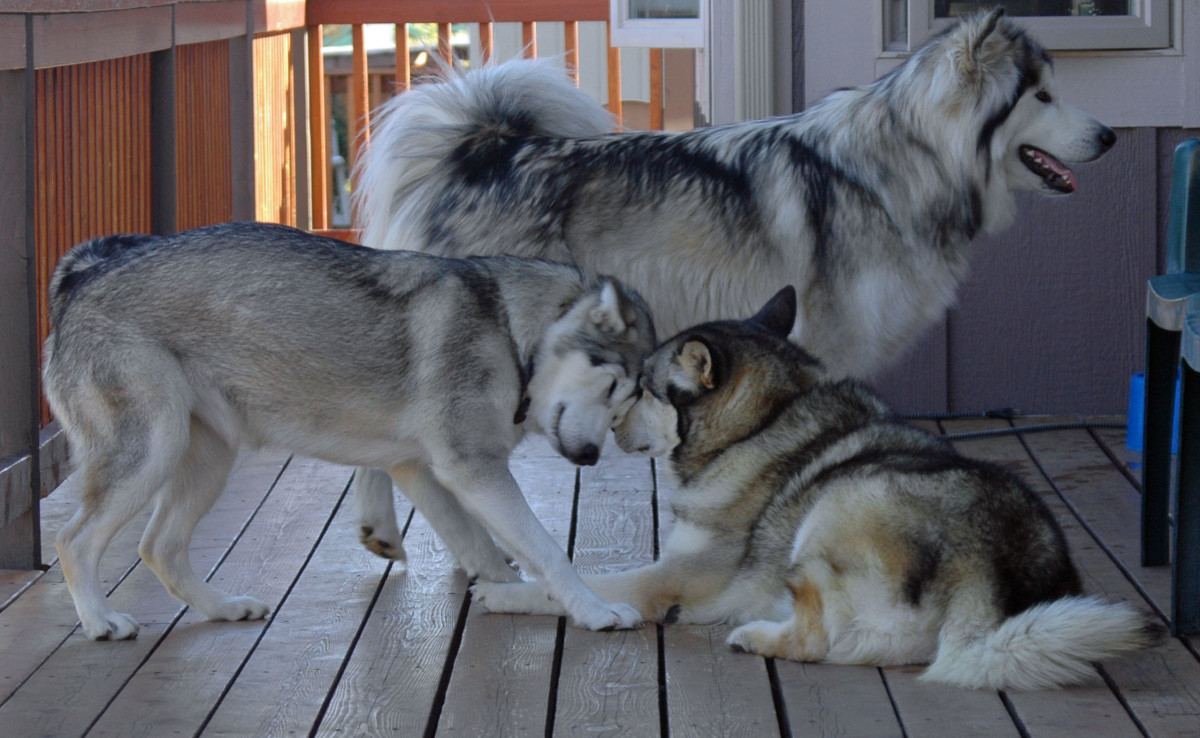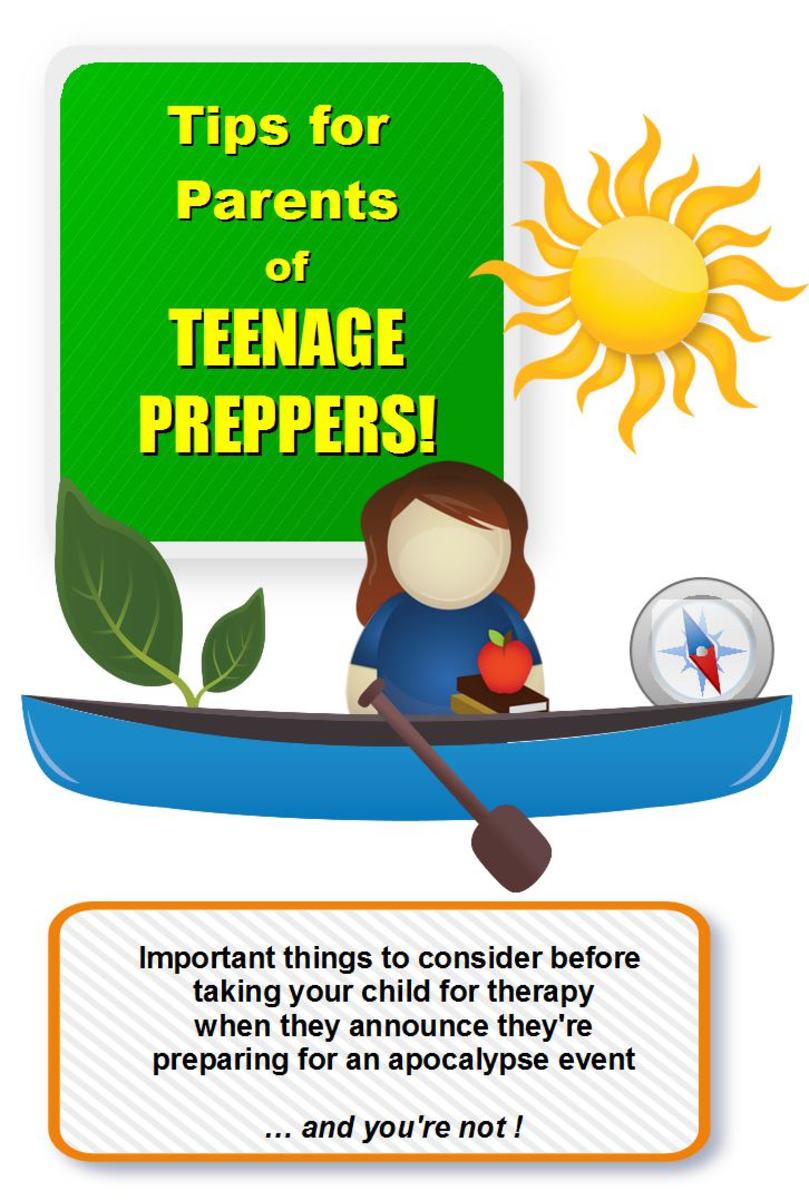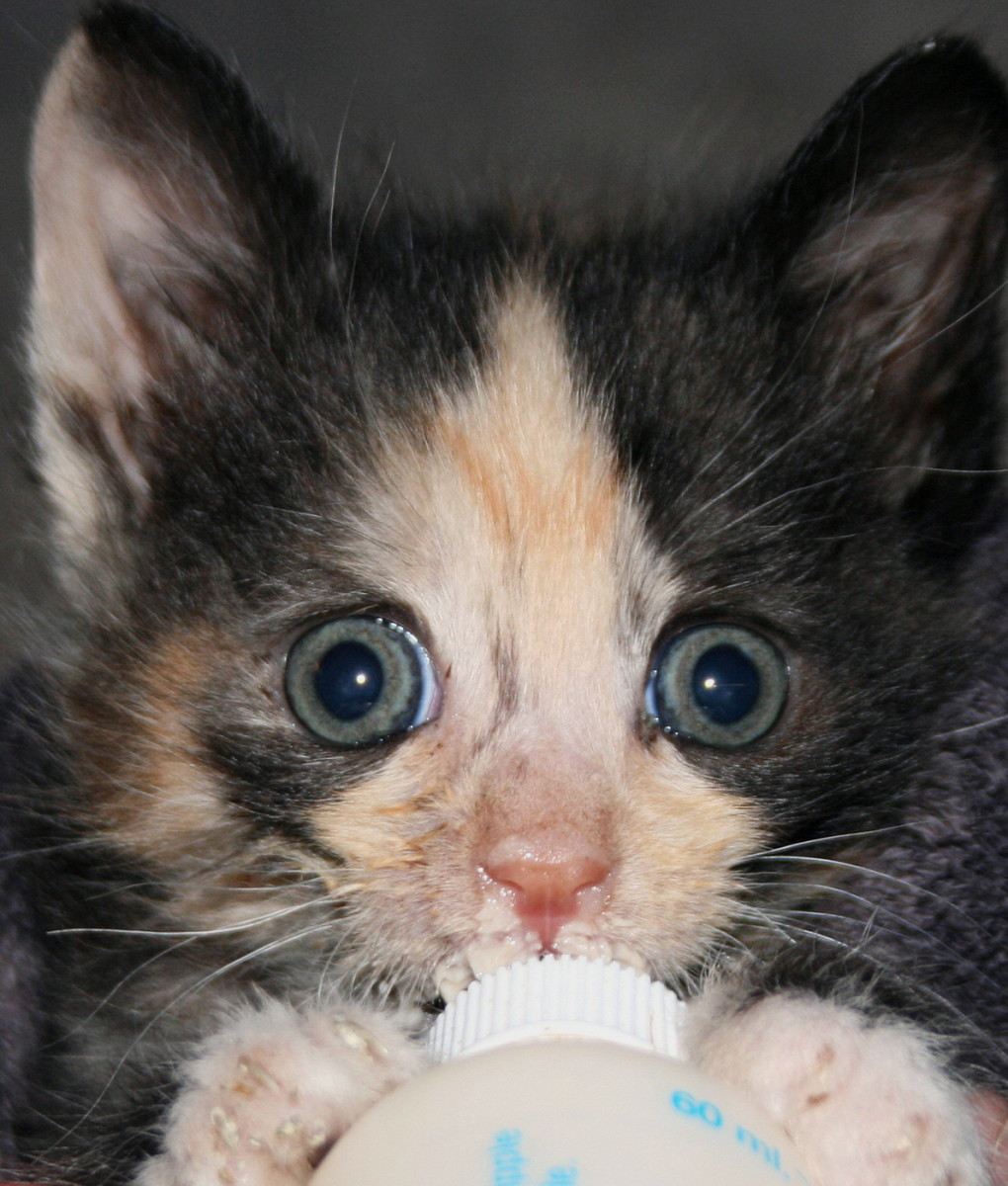How to Make a Natural Disaster Emergency Plan for Your Pets
What is a Natural Disaster Emergency Plan?
Natural disasters occur unexpectedly and can have dire consequences if you aren’t prepared. Having an emergency plan for disasters is vital for the survival of both you and your pets. When people aren’t prepared to deal with disasters, pets are often left behind in houses and stranded outdoors. In some cases, abandoned animals don’t survive the event. Would you abandon your pets when a natural disaster causes you to evacuate your home? Having a natural disaster emergency plan for your pets ensures that both you and your animal friends can escape safely.
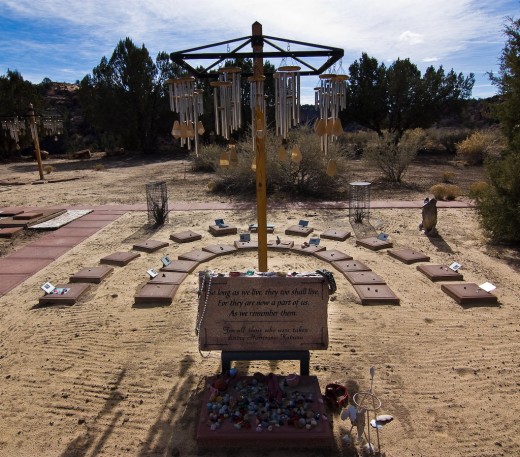
How to Make a Basic Natural Disaster Kit
To be better prepared, put together a disaster kit for your pets. Having everything your pet would need in an emergency situation together in one place will make emergency evacuation quicker and more effective. The only thing you should have to worry about packing up for your pet during a natural disaster is your pet itself!
1. Pack enough food and water for a week
When evacuating your home, you should have at least seven days of food and water for your pet. Store your pet’s dry food in a watertight bag or container to keep it safe and fresh. If you pack canned pet food, remember to take a can opener! You’ll need a good set of food and water bowls to feed your animals out of as well. If you own more than one pet, make sure you have a week’s worth of food for each animal; you don’t know how long a natural disaster will have you displaced.
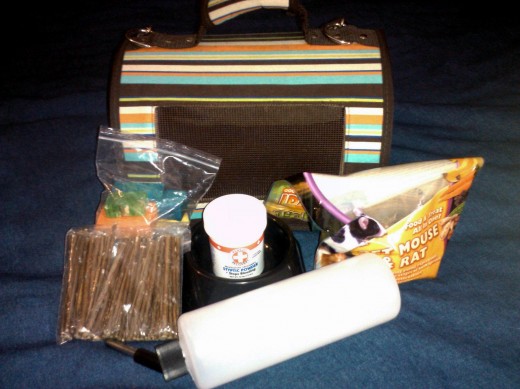
2. Store pet medications and medical records
If your pet takes medication, be sure to pack them in a waterproof container along with a copy of its medical records. Making a sheet about your animals feeding habits, medical issues and veterinarian contact information is especially useful if boarding your pet becomes necessary. Add some photographs of you and your pets as proof of your ownership in case they get lost. Additionally, you should pack a first aid kit for you and your pets in case of emergency. It doesn’t hurt to be prepared!
3. Have reliable leashes, harnesses and carriers
The last thing you need when evacuating a disaster zone is your pets escaping and getting lost. Leashes should be sturdy and reliable; if possible, pre-adjust harnesses to your pet’s body so putting them on later isn’t a hassle. Make sure your pet is wearing a collar with the proper identification tags and proof of rabies. Be sure that your pet carrier is escape-proof, with enough room for the animal to stand, turn around and lay down. If you have small pets, have a small cage for comfortable travel - include towels or blankets for them to snuggle under and hide from the outside elements.
4. Include pet beds, blankets and toys if possible
Moving from place to place stresses your pets; think about how stressful an evacuation would be. Unfamiliar sounds and smells can set our animals friends on edge and make them reluctant to come out of hiding or respond to our commands. If there is room to pack pet beds, blankets or toys, do it; these items may help ease your stressed pet, especially if you are away from home longer than expected. Sometimes all your pet needs to get comfortable is to hide under a blanket or curl up in a familiar bed.

5. Pack pet litter, litter boxes and garbage bags
Cats are very different from dogs - it’s unlikely that your pet cat will take care of its business at the end of a leash in unfamiliar surroundings. If you own a cat, try to pack a litter box with a decent amount of litter. Don’t lug your huge, automated litter box from home: buy a smaller, more portable litter box that will fit in your car conveniently. For dogs and other animals, be sure to bring garbage bags for general waste removal.
Are you prepared for a natural disaster?
How to Safely Evacuate a Disaster Area
Natural disaster evacuations are serious business. If your town or city is advising all residents to evacuate, don’t take the message lightly. Don’t hunker down in your house because it seems safe, or be the last person to ditch town. Most of all, never assume that it is safe enough to leave your pets behind, especially if it isn’t safe for you!
1. Don’t leave your pets behind
You don’t know for sure whether an evacuation for a natural disaster will take one day or several days. If you leave your pets behind, you may not be allowed to return for them immediately after the storm has passed. Damage to your home can cause your pets to become injured, lost or even killed. Broken windows provide an easy means of escape. Pets are domesticated versions of their ancestors and cannot physically survive outdoors on their own. Abandoning or turning out your pets can be a death sentence.

Pet Friendly Hotels Online
2. Evacuate as soon as possible
Waiting until the last minute to evacuate your home can make the trip more dangerous for you and your pets. Pets are easily stressed out by severe weather conditions - they may decide to hide in the house and waste time as you try to find them. If you wait it out in your home until emergency officials arrive, you may lose the chance to bring your pets with you! At that point, emergency officials may not have the time to evacuate both you and your pets - they are busy trying to save the lives of people, not animals.
3. Have a destination before leaving
You might be packed and set to go, but do you know where to go? If you are headed to an emergency shelter, you can’t be sure they will accept animals. It is best to do some research beforehand on what places will accept animals; many hotels allow animals with minimal problems. If your hotel doesn’t allow pets, try offering a separate deposit for your pet, or explain the disaster situation at hand. Researching pet-friendly hotels and making a list beforehand can help avoid the hassle later.
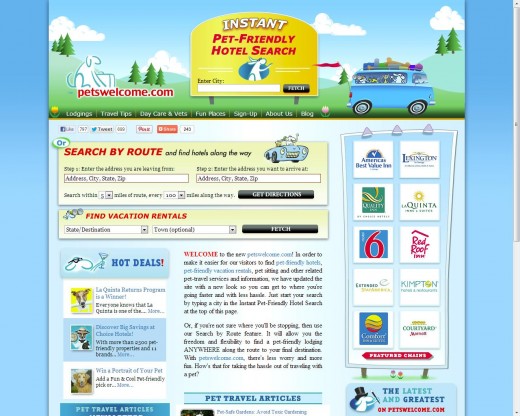
4. Be safe if staying home is necessary
If the situation makes it impossible for you to evacuate your home, confine yourself and your pets to a safe area of the house. Once you’ve decided upon a room that is “safe”, remove any dangerous items (such as tools or other sharp objects). Close all of your doors and windows and block off other areas like open fireplaces or pet doors. Be sure to move all of your emergency supplies to the safe room for both yourself and your pet. Keep your pets close and contained in case of evacuation or rescue; leash your dog and keep your cat in a carrier. If you own a small animal, keep it in a small portable cage or carrier of its own.

The house you return to after evacuating from a natural disaster will not be the home you left days ago. Your house may have minimal damage or extensive damage. These surroundings will be unfamiliar to your pet and can cause behavioral or health issues. To avoid losing your pet, keep them leashed or in carriers while inside the house; pets can escape through damaged parts of your house and become lost once they get outdoors. The new smells and appearance of the world outside can disorient them, causing them to become lost. Above all, be patient with your animal friends - they’ll need time to adjust to the aftermath of a natural disaster, just like you.


